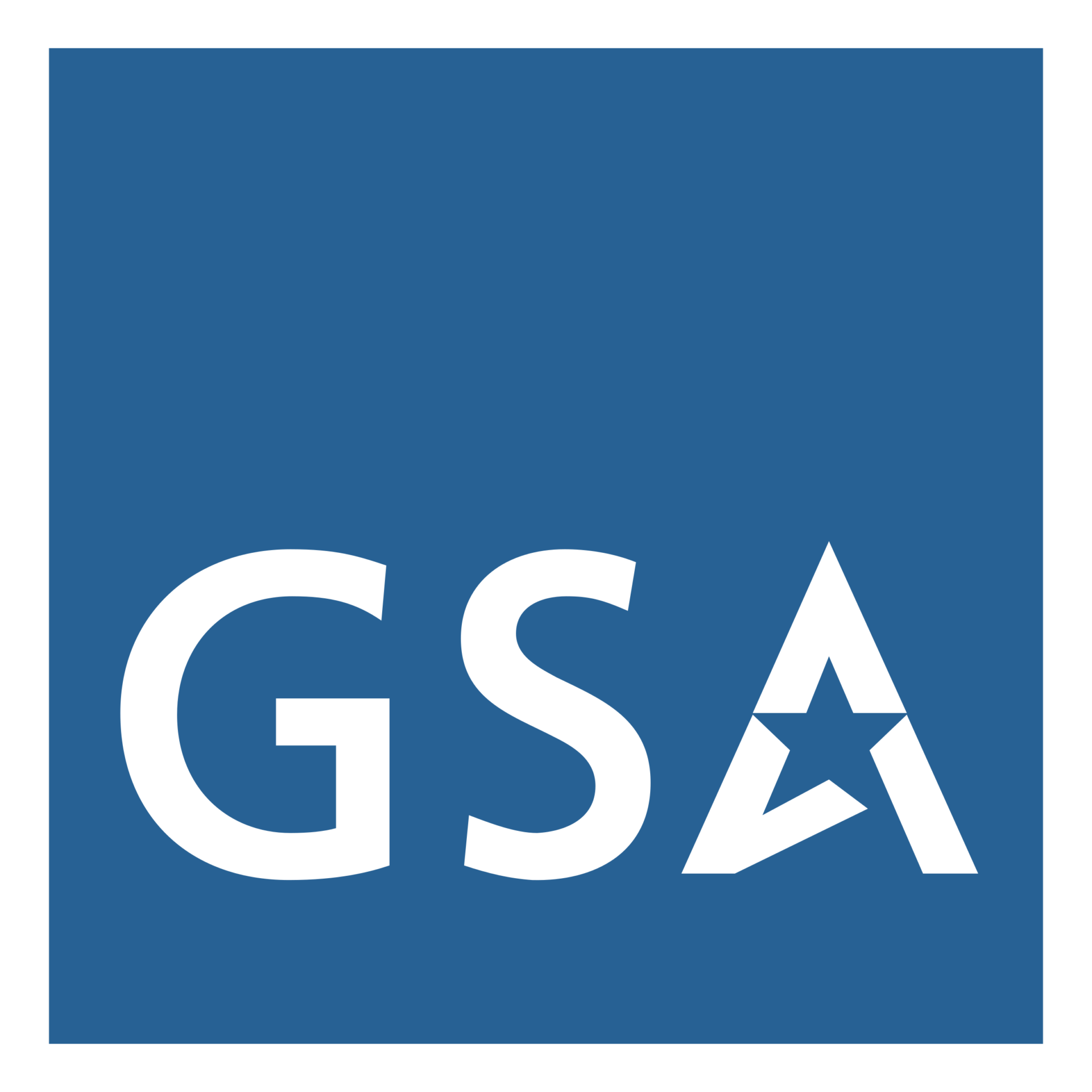
1. How has your background and time at DHS shaped both your role and contributions over the years?
I have worked in learning and development roles for the past 25 years. Working at the Homeland Security Acquisition Institute for the past five years is my first experience supporting the learning needs of the acquisition workforce. At DHS, I’ve been focused on applying learning science research to improve the learning experience for students as well as modernizing DHS’s acquisition workforce training.
2. Looking back, what have been some of the most meaningful efforts you've been involved in with DHS, and what has made them stand out?
Prior to the COVID-19 pandemic, most of our training was in-person at our training facility near Union Station in Washington, D.C. Two weeks after ceasing in-person classes, our team had fully pivoted to virtual classes. That change launched us toward embracing online learning, improving our capabilities to host and deliver virtual classes and rethinking how we approach eLearning development. While we experienced a lot of change over the past three years, what has stood out is the HSAI team’s unwavering commitment to the mission and learners while also being incredibly adaptable.
3. Could you share a memorable success story that illustrates the achievements of your career, your team, or the agency as a whole?
It is hard to share just one. Our team’s work redefining the training path for the 1102’s in the Acquisition Career Professional Program (APCP), internally rebuilding all of our eLearning courses, teaching program management courses, and developing a learning ecosystem maturity model all come to mind; however, I’d like to highlight two recent accomplishments.
As the 2022-2024 continuous learning period was nearing closure, we asked ourselves if there was more we could do to help employees meet the continuous learning requirements. Over the course of a couple days, HSAI worked with our career managers and partners throughout the department to create a 30-in-30 learning campaign. Our goal was to deliver at least 30 learning opportunities during April 2024. We ended up delivering 54 events - the impact was profound. Event registrations skyrocketed from about 1,900 to over 8,000, while the number of personnel who had not yet met their continuous learning requirements dropped from approximately 11,000 to under 5,000. Ultimately, acquisition workforce members completed over 30,000 hours of continuous learning during the “30 in 30” campaign. The second success story is the work we're currently doing with CISA, FAI, and DAU on the training module for Position, Navigation, and Timing Acquisitions Guidance. This is an excellent example of how by partnering with others, we were able to create training that supports the learning needs beyond DHS. This work is also an example of our focus on looking beyond certification and credential training and trying to deliver training when it is needed. While we continue to support certification requirements, the real value of a modern learning and development organization lies in delivering the right learning experience, to the right people, at the right time.
4. What would you say was the most rewarding challenge you faced while advancing DHS’s mission, and how did you approach it?
Our greatest challenge has been modernizing our acquisition workforce learning despite budget constraints that are often a challenge for training programs. To tackle this, we've had to rethink our approach—considering not only how we do our work, but also which work is essential and how we balance investments in both near-term mission needs and long-term modernization goals. Knowing budget limitations will persist, we also spent a lot of time thinking about what the best mix of government personnel and contractors is, while balancing program cost, performance, and risk. We are navigating that challenge fairly well while looking for opportunities to improve the speed at which we are able to deliver effective, engaging, and efficient learning opportunities.
5. Over your career, what skills have you found essential to thriving in learning and development, and which do you believe are invaluable for the next generation?
It's crucial for people to understand the science and research behind how we learn. This knowledge helps overcome common learning myths (e.g., learning styles) and bad practices. The second priority is to function effectively as consultants and partners with stakeholders, who are the true experts on the acquisition content. It is important that we trust their acquisition knowledge and they view us as the experts on how to design effective learning experiences. Lastly, it's essential to advocate for the learners. Leaders, supervisors, and subject matter experts often forget how difficult it is to learn something new and forget to focus on the learners’ needs during the training development process.
6. What recommendations do you have for acquisition workforce members on how to get the most out of their learning experiences?
First, there’s no such thing as passive learning—you have to be actively engaged, thinking deliberately about what you aim to gain from the learning experience and how you’ll apply it. Second, you need to practice using what you learned and try to have someone give you feedback when you practice. Last, challenge yourself to develop deep expertise. It’s not enough to attend a training class or webinar and think you are a master. Building true expertise requires a commitment to continuous learning through experience, reading, education, training, coaching, and mentoring. Use all these tools, and others, to become the go-to person when advice is needed. Ask yourself, “How can I push myself to become a leading expert?” Learning should focus on this growth, not just on accumulating credentials and certifications.

